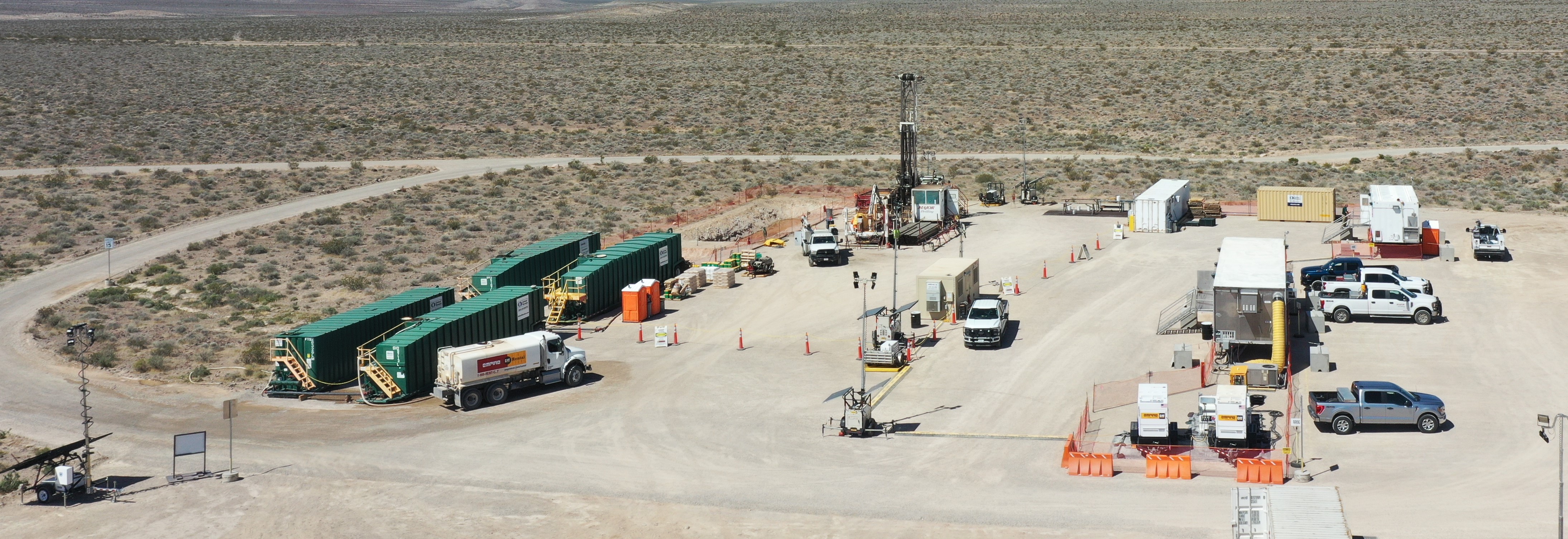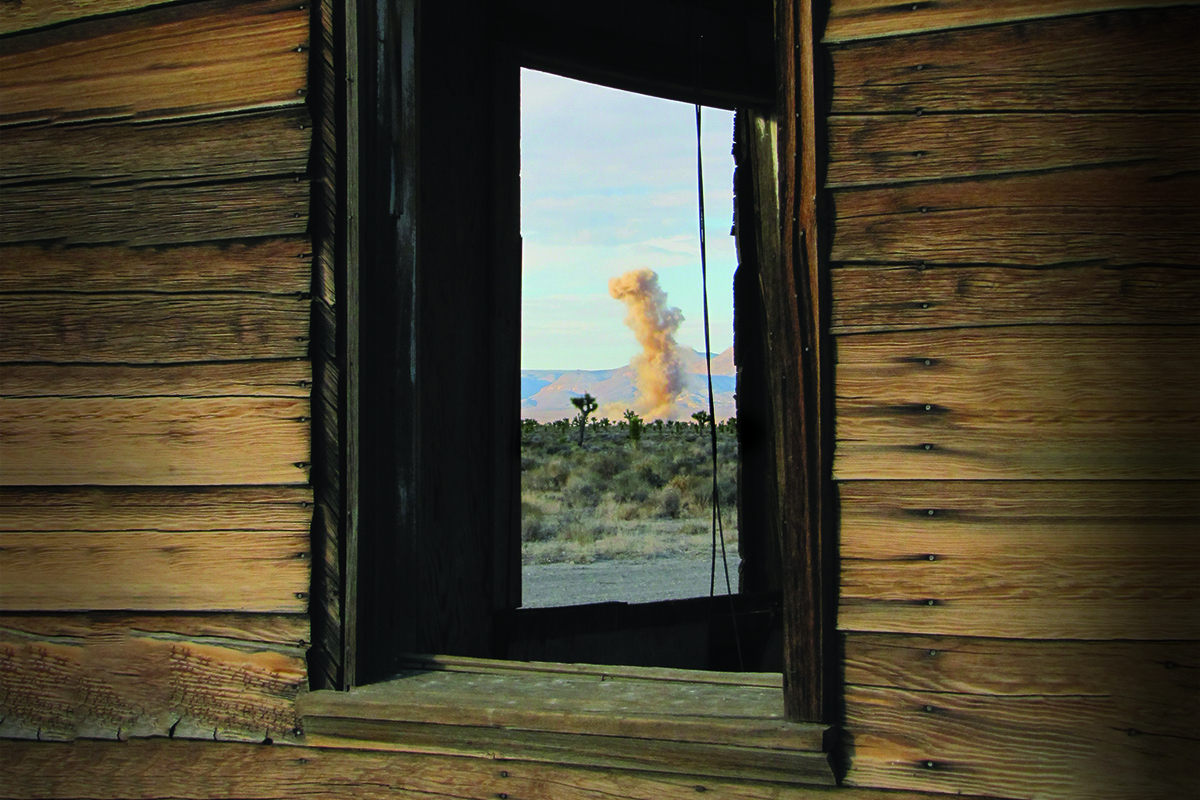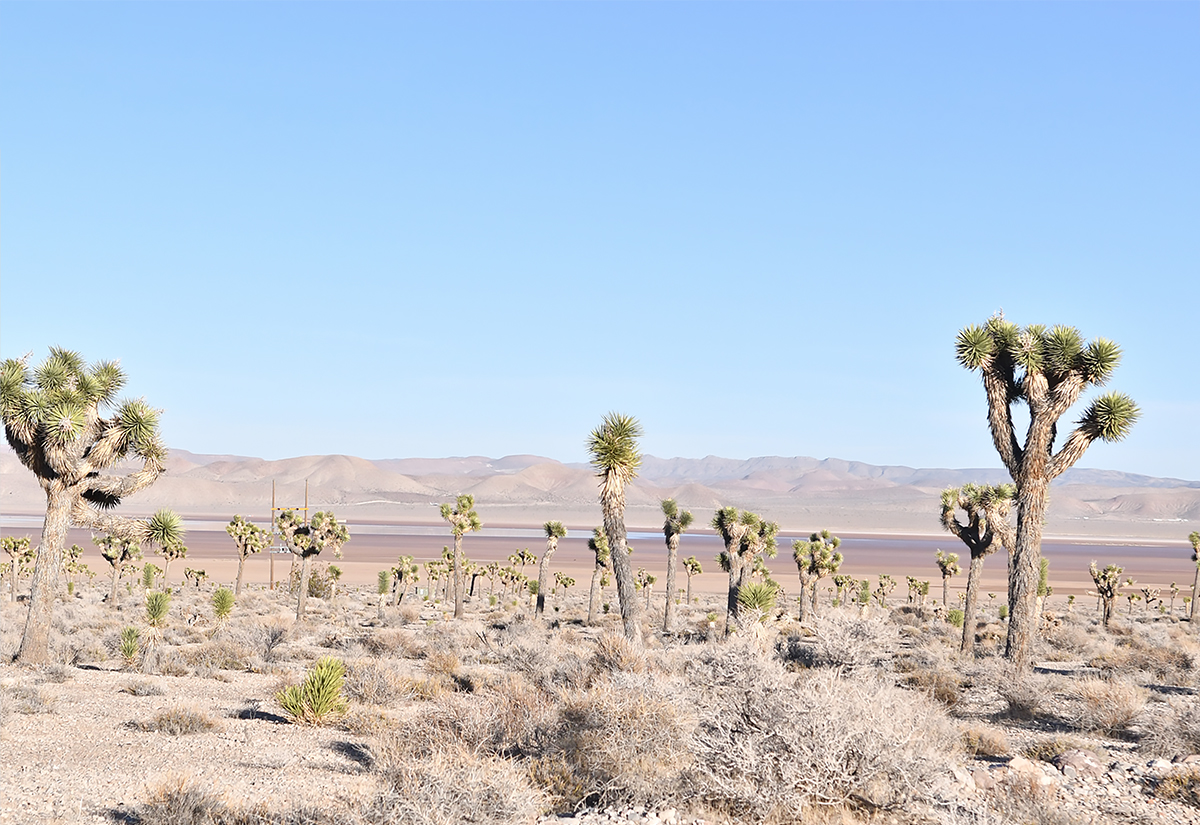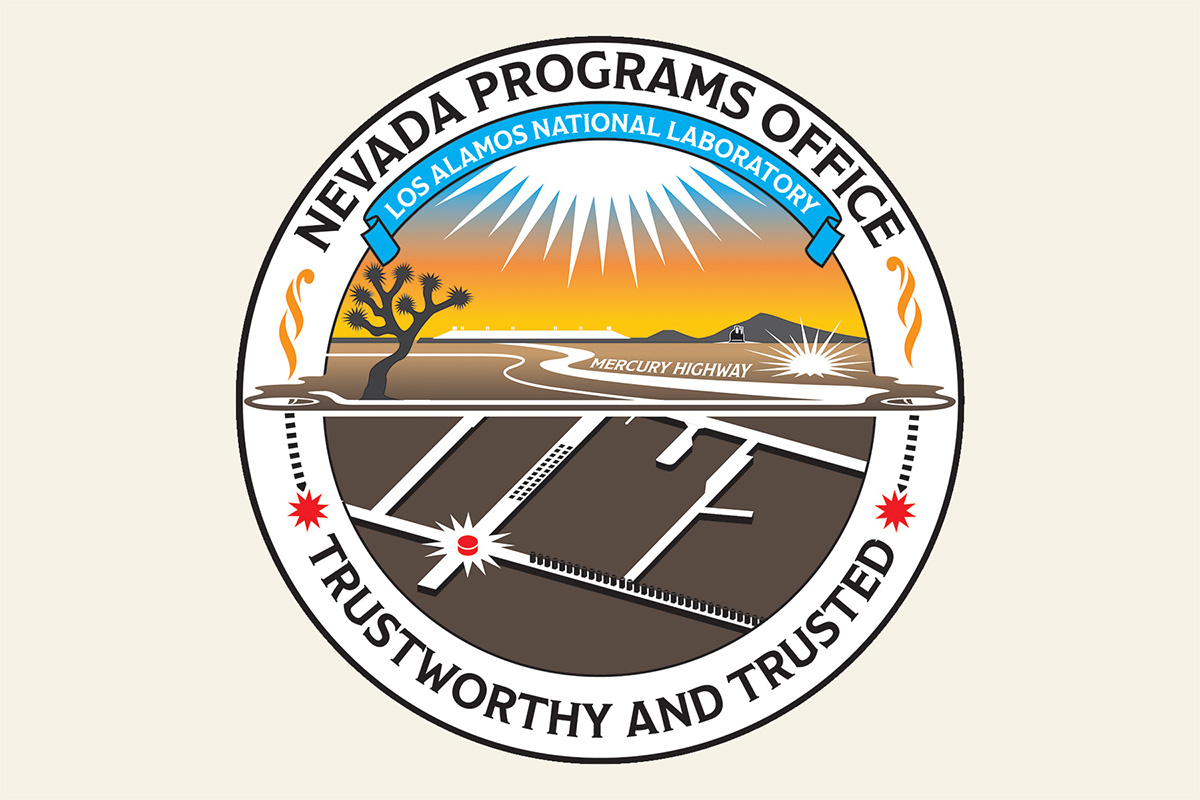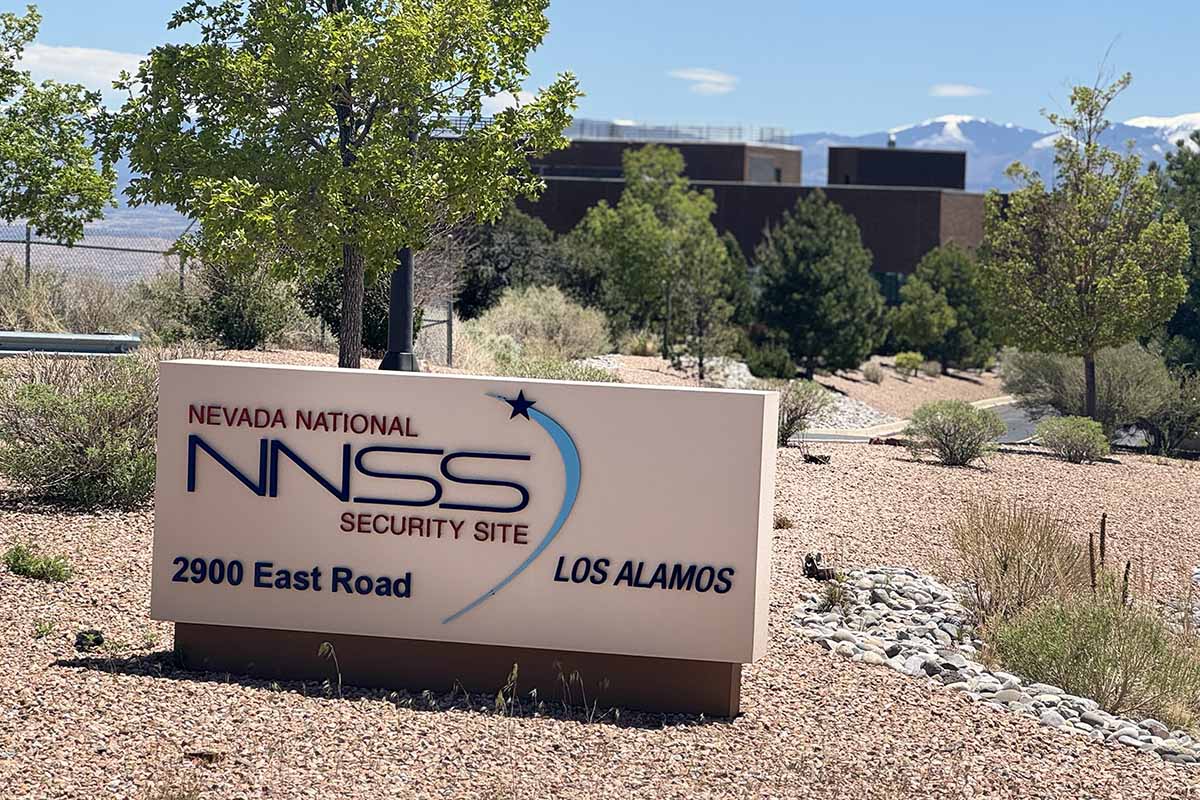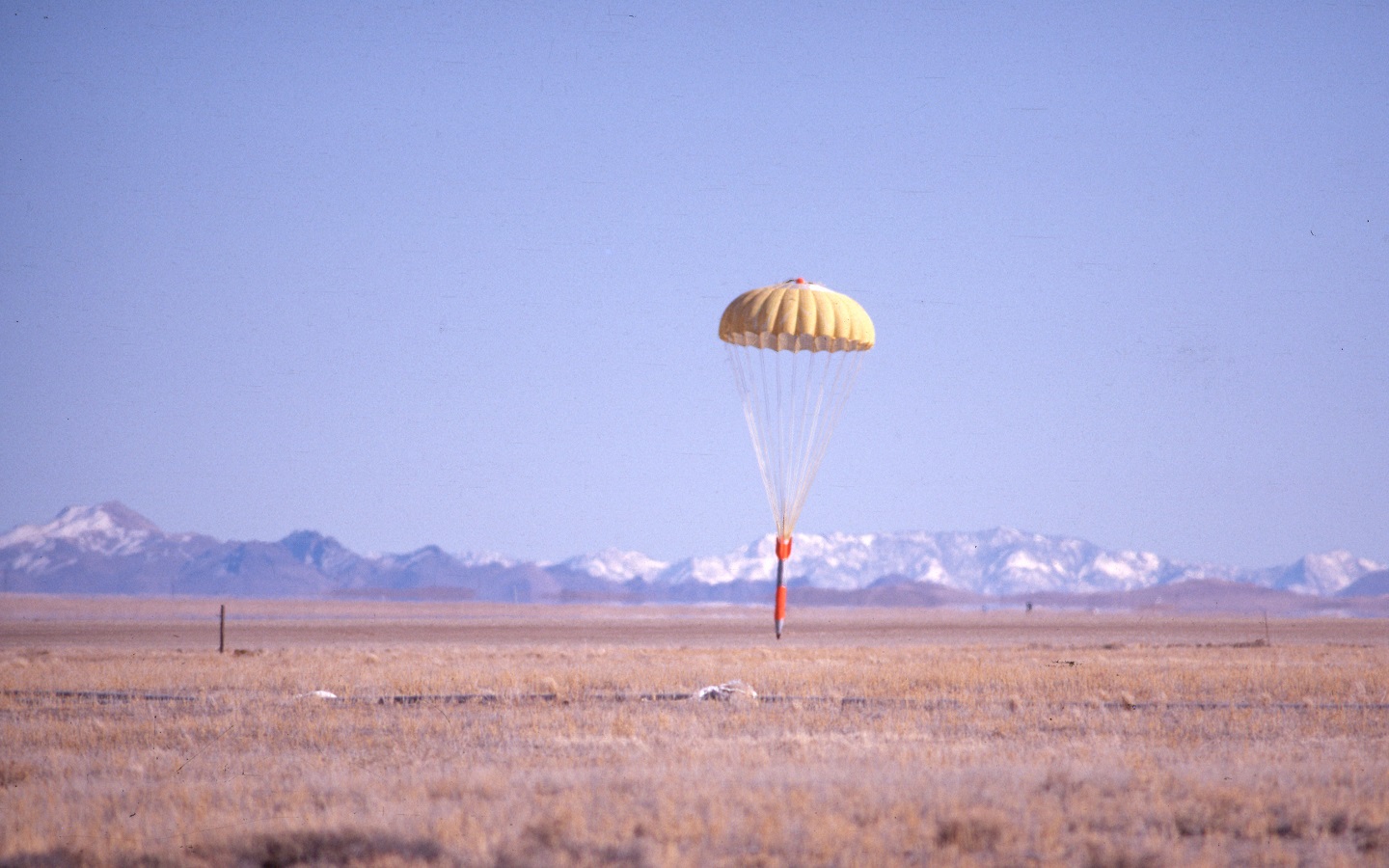Desert shake up
Scientists study shallow earthquakes to understand how they differ from underground explosions.
- Avery Arena, Communications specialist
In 1993, a series of shallow earthquakes occurred in Rock Valley, inside the Nevada Test Site (now the Nevada National Security Sites, NNSS), just northwest of Las Vegas, Nevada. The tremors, which occurred approximately 2 kilometers below the Earth’s surface, have since become central to the Rock Valley Direct Comparison (RV/DC) project, an experimental series led by Los Alamos, Livermore, and Sandia national laboratories together with NNSS.
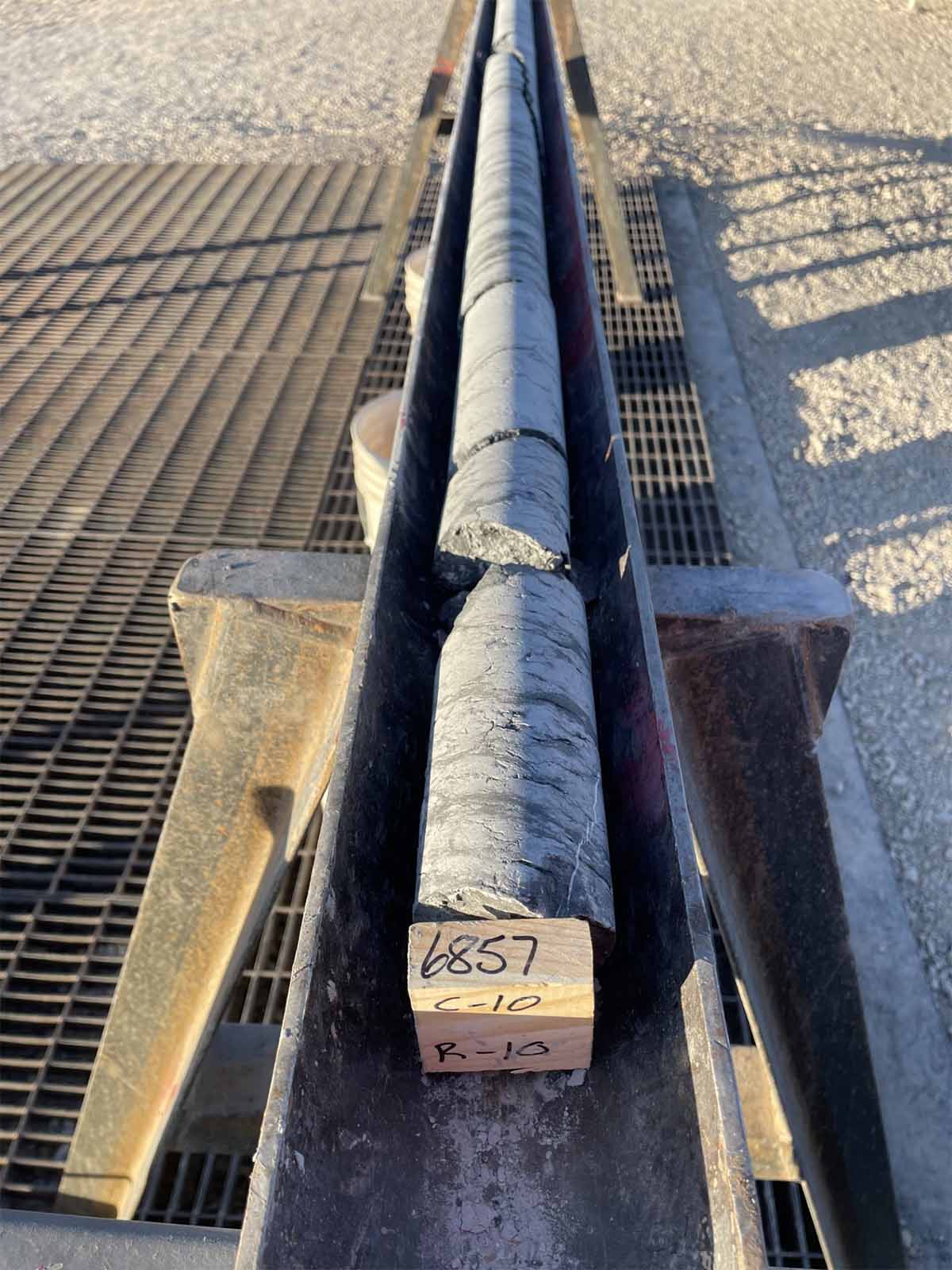
The Rock Valley earthquakes have similar signatures (characteristics) to underground explosions. To further evaluate the seismic differences between natural events (earthquakes) and human-made events (underground explosions), the RV/DC team will compare the earthquakes to scaled chemical explosions. The chemical explosions in RV/DC are anticipated to have similar effects as a low-yield nuclear weapon that could be tested underground, and researchers are interested in how that signature compares to that of a shallow earthquake.
RV/DC is the third phase of the Source Physics Experiment (SPE), a long-term research and development effort to improve U.S. monitoring capabilities. “The data generated from SPE, a series of well-designed and recorded chemical explosions, contribute to the development and validation of seismo-acoustic modeling codes,” explains Los Alamos geophysicist Cathy Snelson, who is one of the leaders of the effort.
For SPE, chemical explosives of different sizes have been—or will be—detonated in granite, dry alluvium, or dolomite. Scientists then study the effects—including seismo-acoustic waves—to better understand how energy travels underground to determine the size, location, and type of event that has occurred.
Snelson says that SPE, and RV/DC in particular, will provide valuable data for national security applications. “We believe this exciting effort will reveal new insights into discriminating underground explosions from a background of shallow earthquakes,” she says. “In addition to providing novel information about the physics of earthquakes themselves, RV/DC will be the ultimate test of our identification capabilities for low-yield underground nuclear tests.” ★
